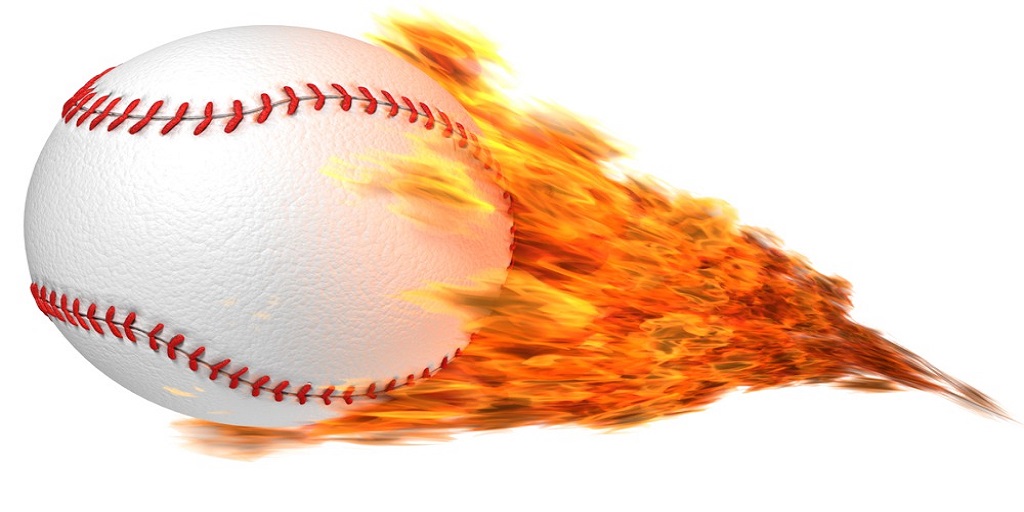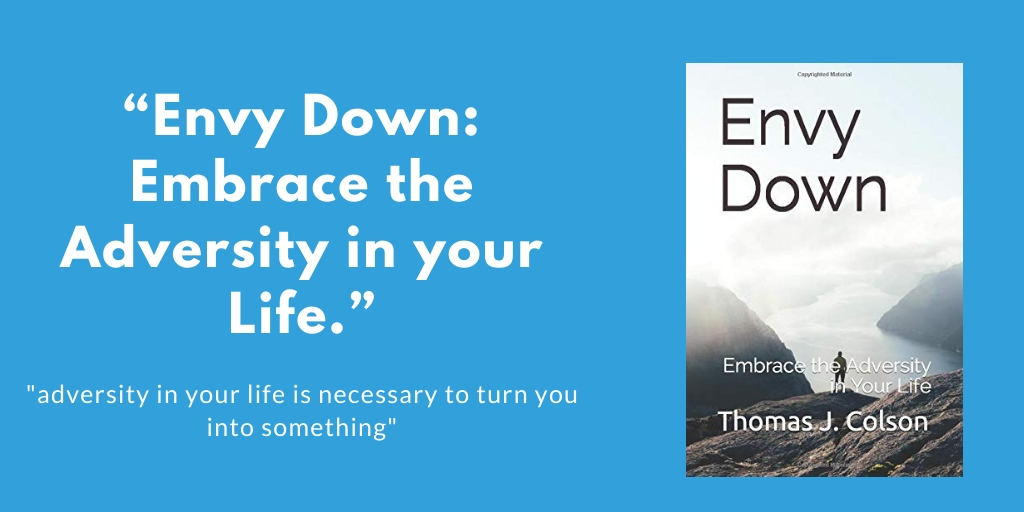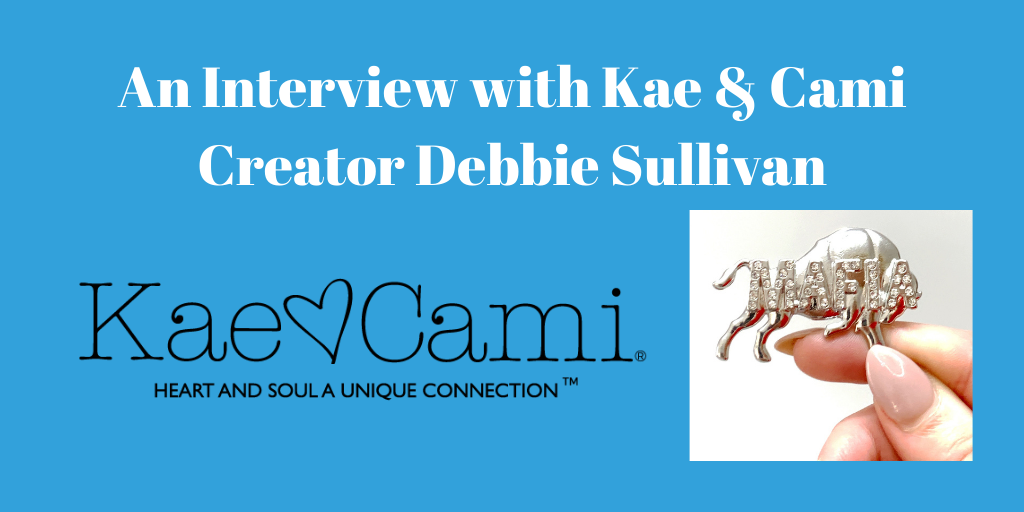Looking to Protect Your Music?
It’s important to protect your musical creativity in order to ensure that you’re the only person that can profit from your artistic vision. The way for musicians to protect their work is through obtaining a copyright. Musicians can apply for a copyright on a composition and or a sound recording. By doing so they are claiming the sole rights to their music, preventing others from taking your work.

Before applying for a copyright it should be noted that you will not have complete protection for all aspects of your creation, such as the theme of the song, chord progressions, and your title.
Themes and motifs of songs are not protected because they are too vague to protect. For example, there are a seemingly endless amount of “I don’t need you anymore” or “you’re everything to me” songs in circulation, making it unfeasible to try to protect that topic.
Chord progressions follow a similar principal. Standard chord structures are so common place in music that it is impossible to protect them as your own. As for titles, they are not indicative of the content of the song, and therefore cannot be protected. An example would be the title “Let it Go”. It’s been used 42 times, despite each of the 42 songs being completely different.
Lyrics and melodies can be protected under your copyright, because they are more specific and unique to your own artistic vision.
How Do I Start?
The process is started as soon as you record your music, whether on paper, computer, or on audio file. This is referred to as the moment of fixation, it’s when you establish the creation of your idea.
To register, you can visit the website of the U.S. Copyright Office for a registration application. For help with this process, contact a registered intellectual property attorney, who will be able to help you throughout the process of copyright registration . This will help prevent costly mistakes that can be made in the application, and help ensure that your musical work stays in your possession.
What’s the Difference Between Form SR and Form PA?
If you’ve tried to independently apply for a musical copyright, then you would know that the U.S. Copyright Office has two major forms for copyright application; From SR and Form PA. SR stands for Sound Recording and PA stands for Preforming Arts.
Form SR can be used to protect specific sounds or a certain performance, which can either be published or unpublished. The use of this form is required to apply for a single registration for both the sound recording and the musical composition, and it can also be used when registering a multimedia project. A PA Form can be used in registering musical compositions, and can also be submitted on a disk or cassette file.
Get Started Today!
Don’t wait, we can help you ensure security for your musical creation. Contact Vincent LoTempio, of the Law Offices of Kloss Stenger & LoTempio at 1-800-866-0039 for a free 15 minute consultation. We will be able to help with any questions that you have. Ready to start your copyright registration? Our form is simple and takes less than 5 minutes to complete.
Does this article interest you? Subscribe to the LoTempio Law email newsletter to receive posts and updates just like this conveniently in your email box!
Disclaimer: This article is not intended to be legal advice and is meant to be for educational or entertainment purposes only. For legal advice and questions, please contact Patent Attorney Vincent LoTempio








